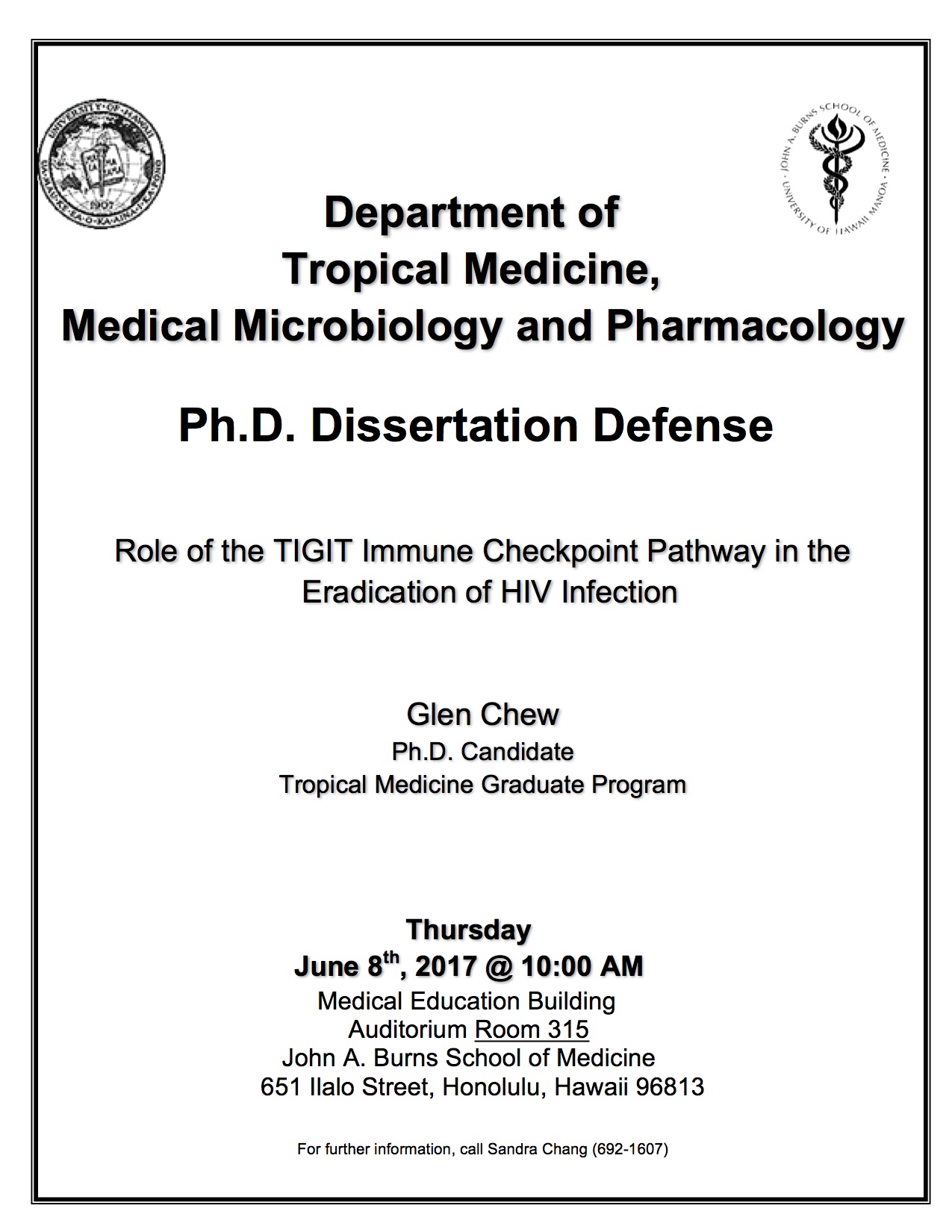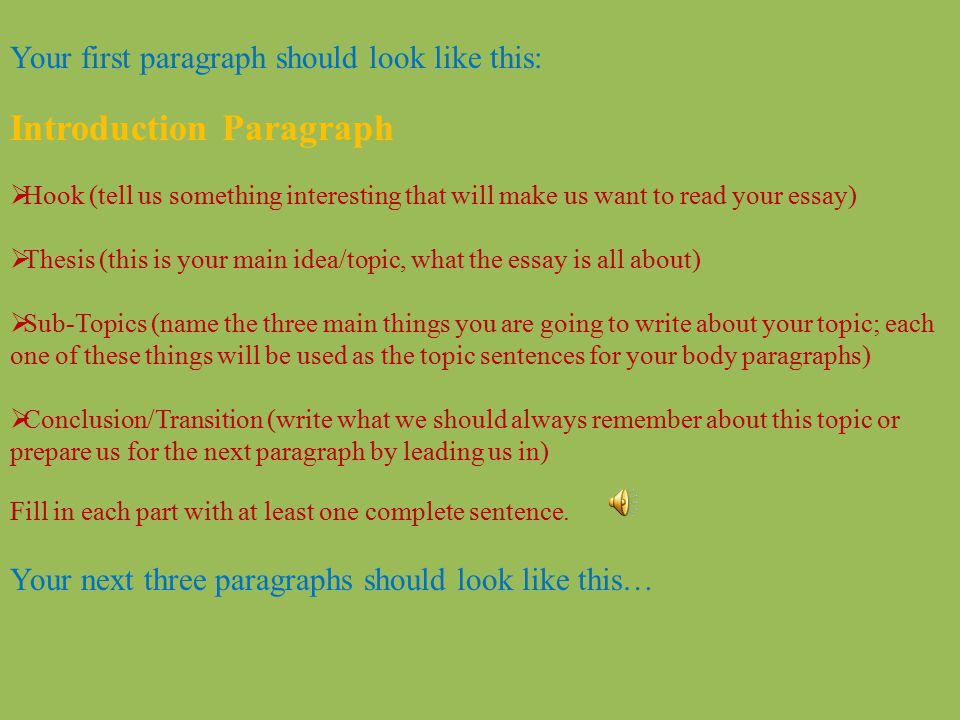How to form the present tense - The present tense and.
Present Tense Verbs. Present tense verbs in English can have three forms: the base form: go, see, talk, study, etc., the base form plus 's' (or 'es') for 3rd person singular: goes, sees, asks, studies (for example, Joe goes to school, Ann sees a bird, Bill talks a lot, but he also studies).
How to form the present tense. All French verbs end in one of three ways:-er verbs, like parl er - to talk-ir verbs, like chois ir - to choose-re verbs, like vend re - to sell; These are called.

When writing, it’s important to use the correct form of a verb. The verb is the part of a sentence that shows the tense - it shows when something is happening. Verbs come in three main tenses.

The PRESENT TENSE uses the verb's base form (write, work), or, for third-person singular subjects, the base form plus an -s ending (he writes, she works). The PRESENT TENSE indicates that an action is present, now, relative to the speaker or writer.

Verbs come in three tenses: past, present, and future. The past is used to describe things that have already happened (e.g., earlier in the day, yesterday, last week, three years ago). The present tense is used to describe things that are happening right now, or things that are continuous.

Stem-changing Verbs. Many present tense verbs undergo what is called a stem change. The present tense endings for these verbs are regular, but there is a vowel change in the verb stem (the part of the verb that comes before -ar, -er, or -ir ). Click here to read our article on stem-changing verbs.

The simple present tense is one of several forms of present tense in English. It is used to describe habits, unchanging situations, general truths, and fixed arrangements. The simple present tense is simple to form. Just use the base form of the verb: (I take, you take, we take, they take) The 3rd person singular takes an -s at the end.
Writing might start out in the past tense and then drift into present tense. This often happens during exciting bits of a story. The child gets so caught up in the action that they unwittingly move into present tense. Incorrect Irregular Verbs.

This is a reference page for write verb forms in present, past and participle tenses. Find conjugation of write. Check past tense of write here.

Present tense definition: The present tense signals an action that is currently going on or habitually performed. What is Present Tense in English? What does past tense mean? The present tense of verbs expresses events or actions that are occurring now, relative to the speaker—or to actions that are habitually performed and may not necessarily be happening right now.

Using the Verb to be in Present Simple Tense 20.11.2014. I have written this article especially for those who have just started to learn English because a study of English grammar should begin by getting acquainted with the verb to be. Unlike other verbs in English, to be is conjugated (in other words, it changes) according to grammatical person and number.

Spanish Regular Verbs in Present Tense. With regular verbs in Spanish, only the ending part of that verb (the -ar, -er or -ir part) changes depending on who does the action. However, unlike English, there is a different ending for each subject (pronoun). To begin, we will show you how to conjugate the verb in the present tense.

The Simple Verb Tenses. To begin, let's take a closer look at the simple present, past, and future verb tenses. Present. The simple present tense indicates actions that are habitual or generally true. I like sushi. The weather in Texas is hot. When we visit Bologna, we walk under miles of porticos.


